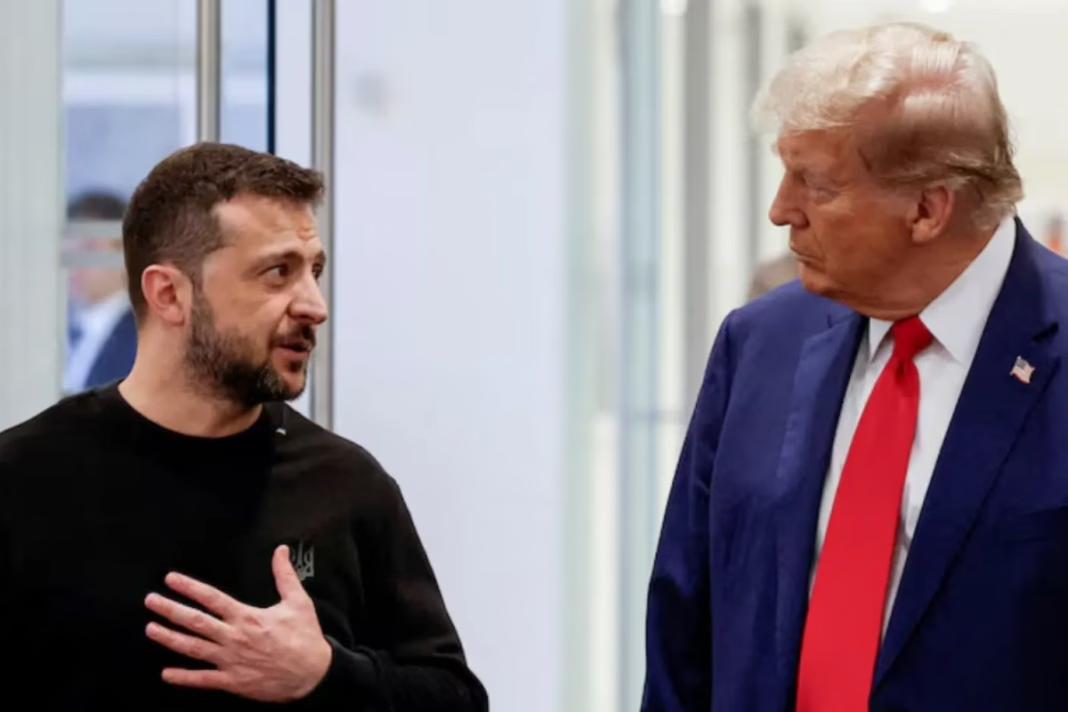Donald Trump: The ongoing war between Russia and Ukraine has changed the way trade and defence spending are done around the world. Many countries have had trouble with rising costs for energy and security, but the US has been one of the biggest for its economy.
The financial implications of war for the United States
Since 2022, Ukraine has bought more weapons than any other country in the world. From 2020 to 2024, it will account for almost 9% of all weapons bought around the world. During this time, the US gave Ukraine about 45% of its weapons, which included everything from rockets to artillery systems.
In addition to Ukraine, Washington also pushed NATO partners to buy weapons made in the United States. A lot of countries, like Germany, Canada, and the Netherlands, promised to give the US billions of dollars. This approach increased the United States’ share of NATO arms imports to 64%.
Defence experts say that the U.S. initially sent supplies to Kyiv as help, but over time, it switched to sales. The world’s defence spending reached $2.72 trillion. This was the biggest jump since the Cold War, and most of the new orders went to the U.S. defence sector.
India is being pushed by tariffs, Trump Singling Out India, but Why?
At the same time, President Donald Trump has put 50% tariffs on most Indian goods because New Delhi keeps buying cheap Russian crude oil. The government says that these energy supplies make the sanctions against Moscow less effective and indirectly help Russia’s war economy.
India has defended its stance by saying that it makes decisions based on what is best for the country and that affordable energy is important for its fast-growing economy. New Delhi also keeps its relationships with both Washington and Moscow in check because it needs Russian defence supplies.
Selective Method?
The U.S. has made a lot more money from the war for defence, but it has punished India for keeping trade ties with Russia. This two-pronged method shows how complicated geopolitical situations are.
India will have to deal with tariff pressures while keeping its energy security and long-term strategic relationships safe.


